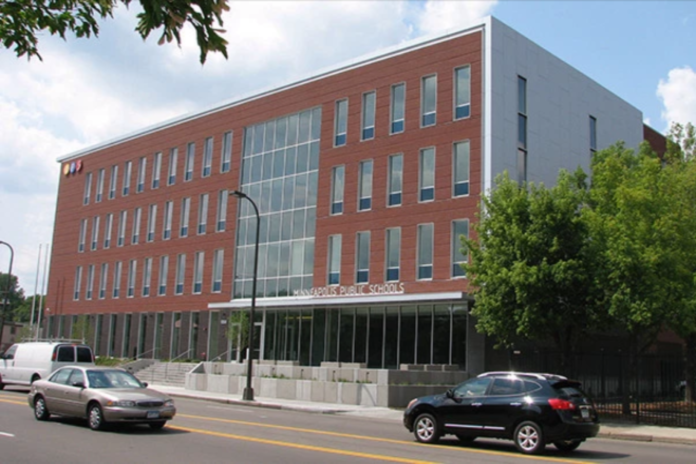Enrollment is down big in Minneapolis and St. Paul public schools. In the last year, Minneapolis was projected to lose 800 students. Instead, it lost 1,200. This fall, St. Paul was projected to lose around 600 students, and lost around 950 instead.
Overall, the Minneapolis school district has only 33,380 students. Cityview Community School, Jefferson Community School, Nellie Stone Johnson Community School, and Pillsbury Elementary are operating at half their capacity. North Community High is operating at 23.5 percent of its capacity.
Of particular concern for the school districts is the exodus of black students. Julie Schultz-Brown, the Minneapolis district’s marketing and communications director, said the vast majority of students leaving Minneapolis Public Schools are “students of color,” with more than 50 percent of the students leaving being black Americans.
In explaining their decision to leave, these students and their parents cite concerns about the school environment and academic rigor.
Over in St. Paul, nine schools have less than 300 students. This includes Galtier Community School, which survived a recommendation that it be closed, and Cherokee Heights Elementary.
Less kids
One factor overall is a lower rate of births in the U.S., especially after the Great Recession of 2008. Another is the roughly 10,000 abortions that occur in Minnesota each year—which are disproportionately of black American children in urban areas (the metro area).
But the far bigger and more immediate reason is that students and their parents are exercising school choice. They are leaving the underperforming public schools for other options, including charters and private schools funded by charitable and religious organizations.
Bad public schools
Right now, the overall graduation rate in Minneapolis is about 70 percent, and St. Paul’s is 75 percent. That compares to Minnesota’s overall rate of 83 percent. And even though graduation rates statewide are up, especially pushed higher by gains in Minneapolis and St. Paul, the state’s reading and math scores are flat.
Black Minnesotan students have only a 67 percent graduation rate. In St. Paul, that rate is also 67 percent. In Minneapolis, black graduation rates—which are little-reported—are lower still.
No wonder kids are leaving the St. Paul and Minneapolis public school systems for charters (which are also technically public) and the like. If anything, the fact that the public schools now face competition—and the fact that students and parents aren’t stuck in failing schools—is forcing the public schools to do better.
Competition
Public schools can still innovate and shake things up (and they should be freed to do so further), and there are examples of public school success stories. They are more likely to do so when they face competition.
But the powers that be, flush with cash that originated from the taxpayers and backed by powerful Democratic Party interests, are looking to snuff the competition out. Powerful unions hate charters because they aren’t unionized, and are outside of union control. The state’s teachers union, Education Minnesota, which is tied at the hip to the two big national teachers’ unions, is seeking to halt the growth of charter schools in the Twin Cities.
That isn’t popular with voters, but Education Minnesota gives the state’s Democrat Party oodles of money—millions in the last election cycle alone. This money helped Democrats double the spending of Republicans during the election. The risk is that this money buys a halt to charters, which will hurt poor American kids in the Twin Cities.

















